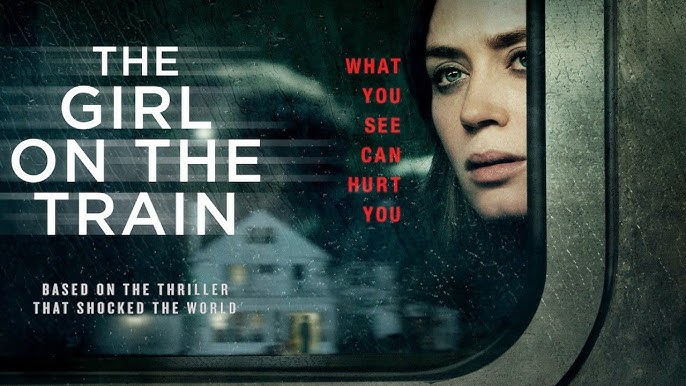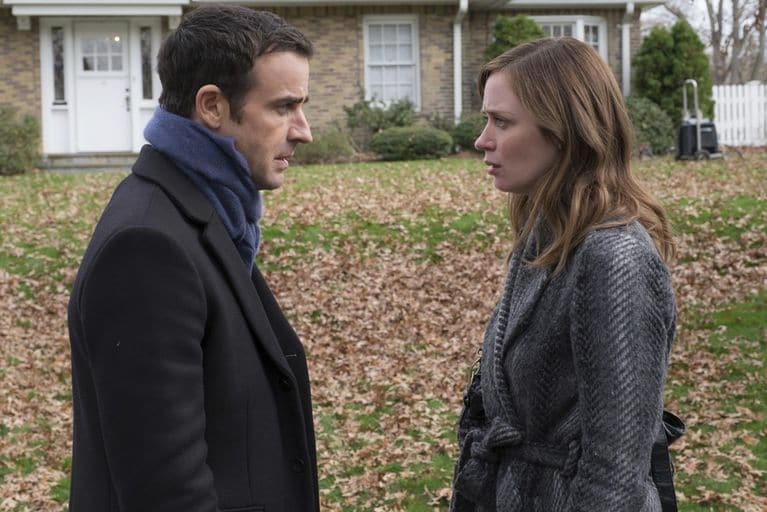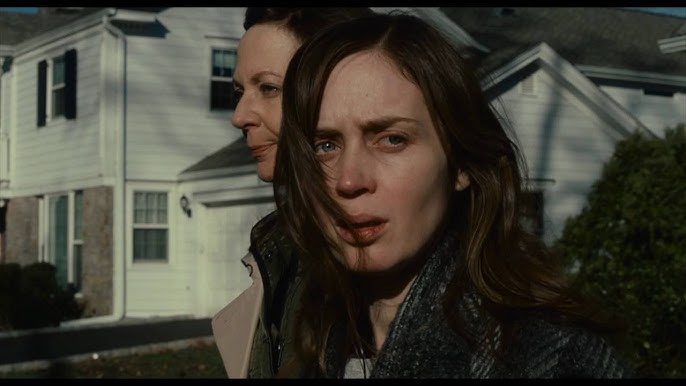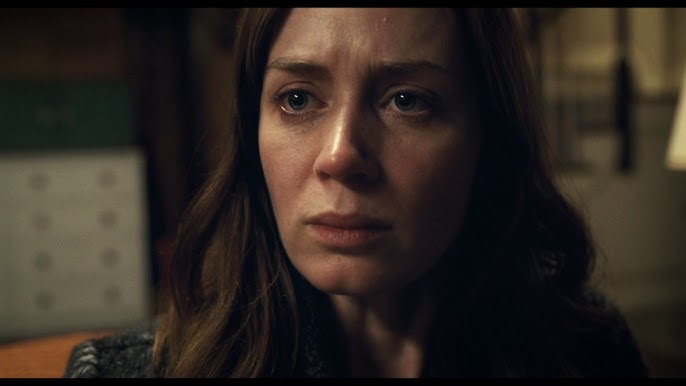🎬 The Girl on the Train (2016)

The Girl on the Train (2016)
The Girl on the Train, directed by Tate Taylor and based on the bestselling novel by Paula Hawkins, is a psychological thriller that explores themes of obsession, trauma, and the complexities of memory. The film follows the life of Rachel Watson (Emily Blunt), an alcoholic woman whose life spirals out of control after her divorce. As she commutes daily on a train, she becomes captivated by the seemingly perfect lives of a couple she observes from the window, leading her into a dark web of deceit and mystery. 🎬🚆🔍
Rachel’s character is marked by profound sadness and instability. Haunted by her past and struggling with the aftermath of her failed marriage to Tom (Justin Theroux), she uses alcohol as a coping mechanism, which exacerbates her emotional turmoil. Her obsession with the couple, Megan (Haley Bennett) and Scott (Luke Evans), reflects her desire to escape her own painful reality. This voyeuristic relationship becomes a pivotal point in the narrative, blurring the lines between reality and perception. As Rachel imagines the couple’s idyllic life, she becomes increasingly enmeshed in their dark secrets, leading her down a dangerous path. 🥂💔
Emily Blunt delivers a powerful performance as Rachel, capturing the character’s vulnerability and desperation. Blunt’s portrayal evokes empathy for Rachel, even as her actions become increasingly reckless. The emotional weight she brings to the role allows audiences to connect with Rachel’s struggles, making her journey of self-discovery both compelling and heartbreaking. Blunt’s ability to convey a range of emotions—from despair to determination—drives the film’s narrative and keeps viewers invested in her quest for truth. 🌪️🎭

The film employs a nonlinear narrative structure, weaving together the perspectives of Rachel, Megan, and Anna (Rebecca Ferguson), Tom’s new wife. This technique creates a complex tapestry of interconnected stories that gradually reveal the truth behind the central mystery. As the timelines intersect, the audience is drawn into a labyrinth of secrets and lies, heightening the suspense and intrigue. The shifting perspectives also challenge viewers to question the reliability of each character’s account, reflecting the film’s themes of memory and perception. 🕰️🔄
Megan’s storyline adds another layer of complexity to the narrative. A woman trapped in an unfulfilling marriage, her struggles with identity and desire mirror Rachel’s own journey. Haley Bennett portrays Megan with a sense of fragility and strength, showcasing the character’s internal conflicts and the choices that lead her to a tragic fate. The dynamic between Rachel and Megan highlights the theme of women’s interconnectedness, emphasizing how their lives intertwine in unexpected and often dangerous ways. 💔🌹

The film’s cinematography, led by Director of Photography Charlotte Bruus Christensen, effectively captures the moody atmosphere of the story. The rainy, dimly lit settings of suburban New York add to the film’s sense of foreboding, creating an unsettling backdrop for the unfolding drama. The visuals reflect Rachel’s inner turmoil, with the train itself symbolizing her feeling of being trapped in a monotonous cycle. The use of close-ups and shifting focus enhances the emotional intensity, allowing viewers to feel the characters’ anguish and desperation. 📽️🌧️

As the narrative unfolds, themes of trust, betrayal, and the quest for redemption emerge. Rachel’s journey to uncover the truth about Megan’s disappearance forces her to confront her own demons and the choices that led her to this point. The film skillfully explores the consequences of obsession and the lengths to which one might go in pursuit of truth and closure. As secrets unravel and alliances shift, the tension builds to a shocking climax that leaves viewers questioning their perceptions of the characters and their motivations. 🔪⚡
Upon its release, The Girl on the Train received mixed reviews from critics, with praise directed toward Blunt’s performance and the film’s atmospheric visuals. While some felt that it fell short of capturing the novel’s complexity, others appreciated its engaging storytelling and suspenseful twists. Over time, the film has garnered a dedicated following, cementing its place in the psychological thriller genre. 🏆📚

In conclusion, The Girl on the Train is a gripping psychological thriller that delves into the dark recesses of obsession, memory, and the search for identity. With a compelling performance from Emily Blunt, a complex narrative structure, and atmospheric visuals, the film immerses viewers in a suspenseful and emotional journey. It serves as a haunting exploration of the consequences of our choices and the fragile nature of truth, leaving a lasting impact on audiences. 🔍🎥
Suggested videos for you:
The Haunting of Alice: A Finnish Soldier’s Revenge | SISU 2022
Suggested videos for you:
Meg 2 : Jaws of Terror: A Deadly Encounter in the Deep
Suggested videos for you:
The Turning Point of World War II: The Battle of Midway
Suggested videos for you:
Rambo: The Last Stand ( 2008 ) | Movie Action
Suggested videos for you:
Against the Odds: A Fractured Alliance
Suggested videos for you:
Latest Furiosa 2024 is a Fan Favorite
Suggested videos for you:
Betrayal at the Table: A Dinner Gone Wrong
Suggested videos for you:
When Human Blood Runs Dry, The Vampire Empire Begins to Crumble Daybreakers( 2009 )











